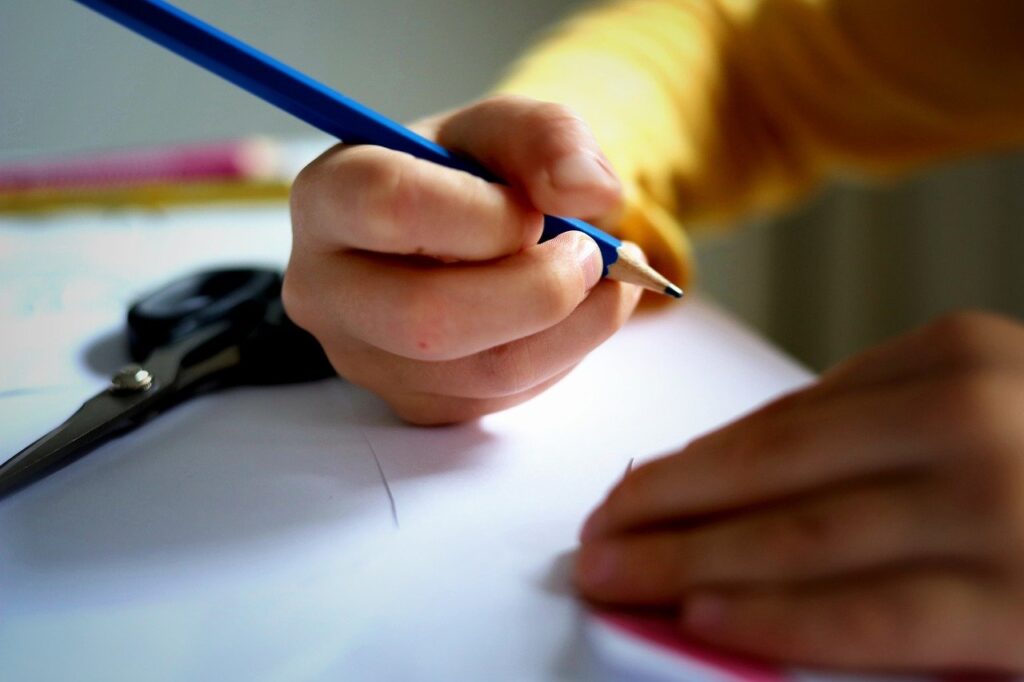There has been some degree of public controversy in recent times concerning the role of schools in educating children concerning sexuality, gender identity, and the treatment of dysphoria and self-identification by children and adolescents.
The whole question of gender identity among children and adolescents has become a much greater issue in the last decade than it appeared to be before then. Whether this has to do with access to online information concerning gender and identity or whether such issues always bubbled beneath the surface but rarely found expression in former times is hard to determine. It is probably a case of both to some extent.
Certainly. in my school days issues of dysphoria, gender identity and gender fluidity simply never arose in an educational context. Which is not to say that such issues simply did not then exist.
On the other hand, it seems to me that there is an abundance of evidence internationally that children these days are exposed to doubts, discourse and online material in connection with these issues to an extent never known before. Surveys suggest that children are now much more aware of issues concerning gender identity and are devoting more thought to these issues than ever before.
In addition, the matter of sexual orientation is now much more commonly discussed and considered by children and adolescents than it was a generation ago. Certainly it is far healthier that children and adolescents can address questions of their sexual orientation in a far more open way than was permitted in previous generations. I am aware of one school where a teacher sought to convince a class that homosexuality was wrong “morally, mentally, and medically”. His pupils, conscious that a number of the class were gay, simply informed the teacher that they did not want to hear him any further on this matter. And that ended his teaching on the matter.
That contrasts with my years of secondary education where to my certain knowledge none of our religious or lay teachers ever once mentioned homosexuality at all. One might have thought that in the course of a traditional Roman Catholic education the matter might have arisen if only for condemnation. But it didn’t. Was it “taboo”? Or did teachers simply consider that its discussion was more likely to do more harm than good? It is hard at this remove to be certain as to whether avoidance of “scandal” motivated our educationalists to ignor rather than confront that issue.
But nowadays, the experience of children and prevailing attitudes among adults in relation to sexuality are radically different. The internet effectively means that nearly any child or adolescent can explore issues relating to sexuality outside of educational and parental supervision.
Where does that leave modern parents? Insofar as they attempt to control their children’s consumption of online material, they fight an uphill battle. It is not simply a matter of controlling access to pornography. Children and adolescents simply cannot be corralled into a state of blissful ignorance on such matters as was practice in the past.
Article 42 of the Constitution states that “the primary and natural educator of the child is the Family”. The State, by that article, guarantees “to respect the inalienable right and duty of parents to provide, according to their means, for the religious and moral, intellectual, physical and social education of their children”.
The European Convention on Human Rights in Article 2 of the First Protocol provides: “In the exercise of any functions which it assumes in relation to education and to teaching, the State shall respect the right of parents to ensure such education and teaching in conformity with their own religious and philosophical teachings”.
As Conor O’Mahony pointed out in his published work, Educational Rights in Irish Law, the ECHR guarantee extends not merely to respecting religious and philosophical beliefs of parents in private or religious schools but extends to State-run or State-funded schools.
While what used to be termed “sex education” is undoubtedly a proper part of every child’s school curriculum, there remain significant issues as to whether and to what extent the State should attempt, through state-funded primary and secondary education, to deal with enormously complex and contested areas of gender identity, gender fluidity, and associated issues, especially during children’s formative pre-adolescent and adolescent years.
Both our Constitution and the ECHR require that parents must be given a very considerable input into what is – and what is not- taught on these subjects to their children.
The matter is not simply one for educationalists – whether teachers or policy makers. It is not an area where one social or ideological viewpoint becomes imposed educational orthodoxy to the exclusion of parental beliefs or values.
Nor is it enough to accord opt-outs to individual parents. Do not the collective wishes of parents need to be discerned as the guiding value in each school’s policy on such matters?

